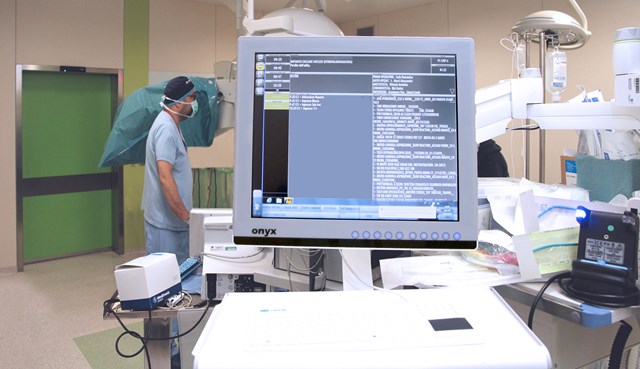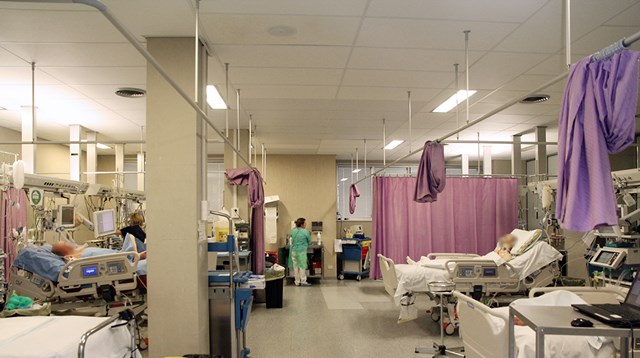Country selector

United Kingdom
Country Selector: United Kingdom

The Digistat® platform is used by the Piacenza Health Authority, at the Piacenza and Castel San Giovanni hospitals, where it is an increasingly necessary tool in the journey towards the digitisation of healthcare facilities. It is also part of the broader corporate project aimed at Computerised Management of the Department (CMD).

The use of Digistat® allows the Piacenza Health Authority:
In terms of scheduling operating rooms, the Digistat® solution allows us to view, on monitors installed in the operating room, what tasks have already been done, what is being done and what is scheduled in the different rooms, while the data relating to each task is clear and shared.
The “Patient's Journey” at the Healthcare Facility with Digistat®
The journey with Digistat® can start with different ways of accessing the patient at the healthcare facility:

The surgical journey is the most complex, with the involvement of various professional individuals, from those in charge of planning the intervention (and indicating who will have surgery, when and in which rooms) to those involved in intraoperative management (when the patient enters the surgical suite, his/her identification, registering time markers, the surgical team and the specific actions performed during the intervention). In the different phases of the intervention, the user (nurse or anesthetist) is guided while compiling the surgical check list, which is essential for patient safety.
The materials used in the operating room are also recorded on the platform. The user - in this case the nurse - can count the materials used during the intervention, indicating the initial count, any additions and the final count. The software flags any anomalies in the counting by highlighting them in red. As well as manual compilation, Digistat® data can be processed using data obtained from the devices in the operating room. The patient's vital parameters are detected by anesthetic monitors and ventilators, and can be automatically imported into the system and validated manually and automatically, so they can be displayed in a folder, in the form of tables and graphs.

When the patient arrives, an admission form is immediately filled out, and a patient assessment is conducted (a combination of physical examination and medical history). Any allergies can be indicated in the medical history records and, in this case, each time the patient is selected during the course of the same episode, this fundamental information is visible in red on each screen of the Digistat® folder.
Ward doctors and nurses make entries to the clinical log, noting the relevant information on the patient's condition, managing any devices, treatment of pressure injuries and recording any procedures performed during the admission. The results of the laboratory tests and analyzes conducted during the patient’s admission are automatically imported to the system, supported by software integration. This reduces transcription errors and guarantees the comprehensiveness of the information in the medical chart.
The relevant information from the last 24 hours in the departmental chart is displayed on a single screen - the Patient Summary - facilitating the distribution of nursing and medical submissions and ensuring the completeness of the information. The module is dynamic, easily configured, and allows single-screen display of the specific information necessary for assessing the patient's clinical status: medical and nursing submissions, vital parameter graphs and the clinical log. The ICU stay ends with the discharge/transfer note.
